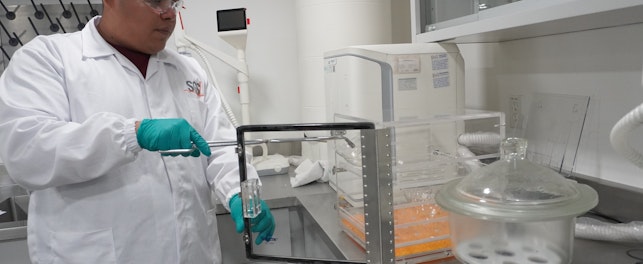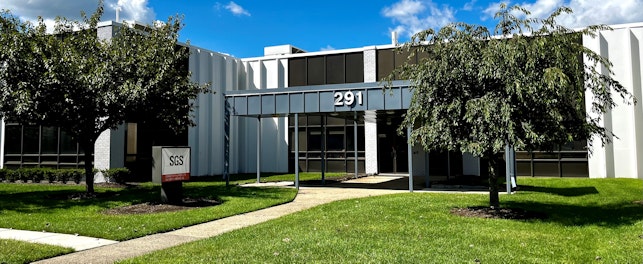Connection characterizes our daily lives. From 12 million 5G subscribers in 2019, it is estimated there will be 4.5 billion by 2028. 1 However, what happens if your wireless product doesn’t connect seamlessly to other systems, programs and devices?
Fifth-generation (5G) wireless technology
5G has enabled a massive global expansion in connectivity by allowing more devices to connect to networks at faster speeds and with a reduction in latency – the time between instructing a wireless device to perform an action and that action being completed.
This is important. We expect seamless connection and instant responses from our devices. Whether it is the smartphone in our pocket, our automobile, equipment in the office or highly specialized medical devices in a hospital, it must work without the need for constant attention or disruption to other pieces of equipment.
Compatibility and interoperability
In the rapidly evolving mobile communication technology landscape, device interoperability and network compatibility are paramount. Compatibility relates to a device’s ability to connect and work with a specific network, while interoperability, although related to compatibility, is a device’s ability to communicate with another device or system. It can be defined as: “the ability of different systems, devices, applications or products to connect and communicate in a coordinated way, without effort from the end user.” 2
To operate successfully in competitive global markets, wireless device manufacturers must show their products comply with internationally recognized standards for both compatibility and interoperability.
PTCRB certification
The PCS Type Certification Review Board (PTCRB) was established by leading wireless operators as part of the CTIA certification family of brands in 1997. It helps manufacturers of wireless cellular devices ensure their products operate efficiently in networks and demonstrates compliance with global industry standards.
PTCRB certification can be applied to:
- 5G NR and 4G LTE wireless devices
- Smartphones, feature phones, tablets, notebook computers, modules and devices designed around certified modules
The certification process incorporates:
- Standardized framework for device assessment and certification
- Test specifications and procedures to achieve certification
- Collaboration among multiple global standards development organizations
- Compliance with internationally recognized 3GPP network standards
GCF certification
Founded in 1999, the Global Certification Forum (GCF) is a global, non-profit organization offering mobile and IoT certification programs based on conformity to agreed standards. Their certification solutions cover a wide variety of products, from smartphones, modules and chipsets to tablets, notebooks and IoT wearables, and are based on 3GPP and other relevant standards.
GCF certification can be applied to 5G and all previous generations of wireless technology.
Benefits of certification
Certification has multiple benefits for device manufacturers:
- Interoperability – demonstrate seamless connection and operation on different mobile networks, promoting interoperability across carriers and regions
- Compatibility – verify compliance with specific radio frequency (RF) and protocol requirements, ensuring a device can communicate effectively with the network infrastructure
- Quality assurance – ensure good performance and the delivery of a reliable service for end users in all conditions
- Market access – certification to a recognized standard is now a prerequisite for interacting with networks
- Reduced costs and faster time-to-market
SGS solutions
With a global network of specialist laboratories dedicated to helping manufacturers of wireless technology ensure their products conform to relevant standards, SGS is the first choice for testing wireless devices. We are accredited by multiple industry certification schemes, including GCF, PTCRB, CTIA (Cellular Telecommunications and Internet Association), CTIA Cybersecurity, OMA (Open Mobile Alliance), Bluetooth SIG (Special Interest Group), near field communications (NFC), Wireless Power Consortium (WPC, Qi), TREAD Group, Sigfox and Wi-Fi Alliance.
Our comprehensive one-stop solution for operational acceptance, regulatory compliance and certification includes testing services for FCC/ISED, EU RED, EMC (radiated and conducted emissions and immunity testing), SAR and HAC, Bluetooth, Wi-Fi, battery/ESD, reliability and health and safety testing.
Learn more about our wireless testing.
Enjoyed this article?
Find more news and updates in our Consumer Compact newsletter >
Delivered direct to your inbox
Subscribe to Consumer Compact >
References
1 5G mobile subscribers forecast worldwide 2028 | Statista
© SGS Société Générale de Surveillance SA.





